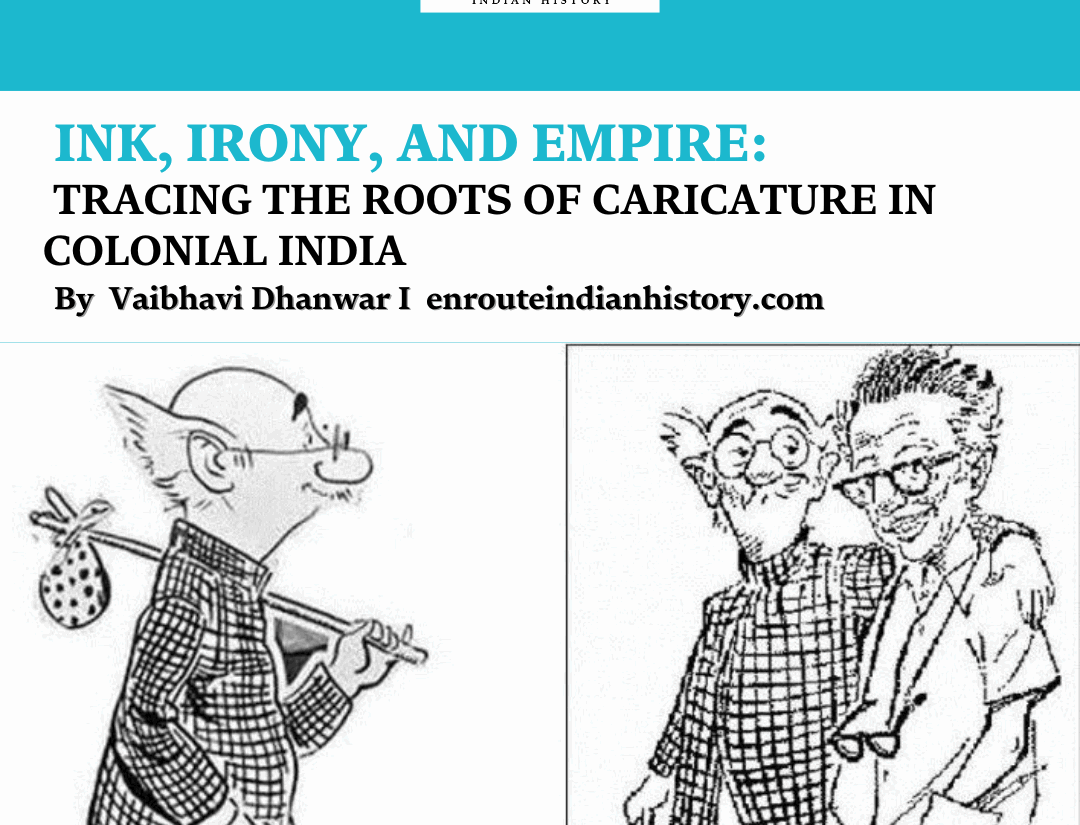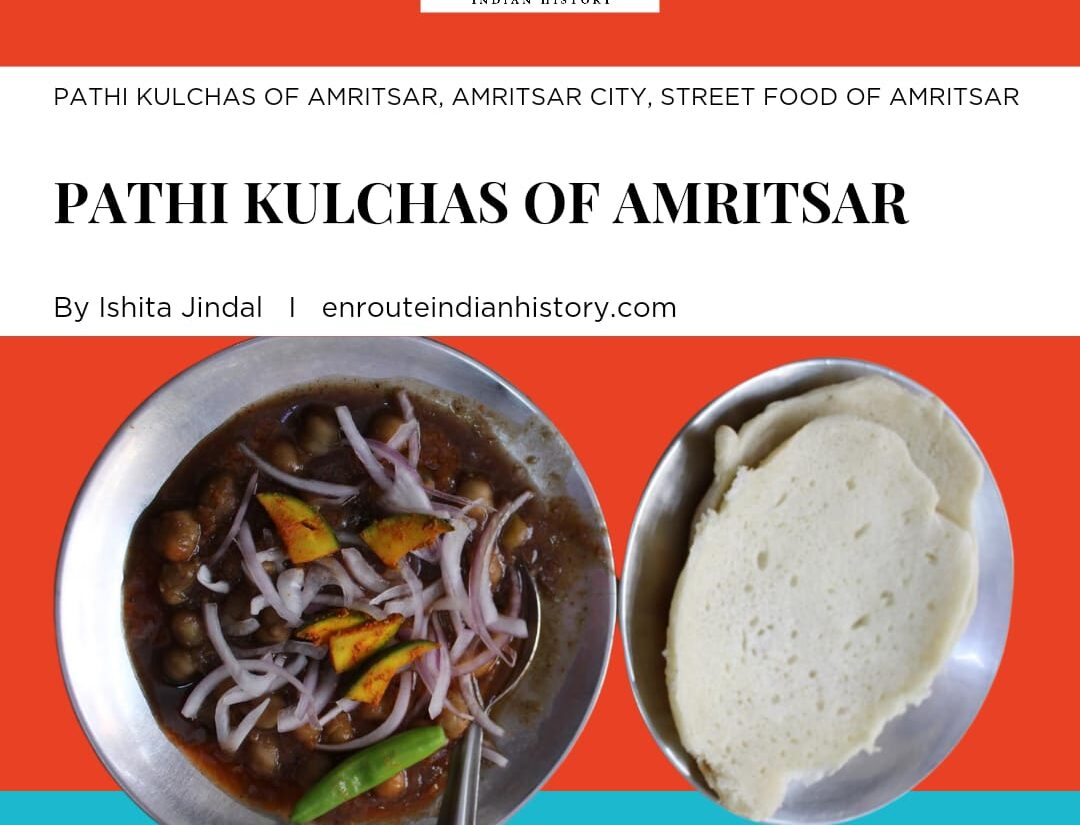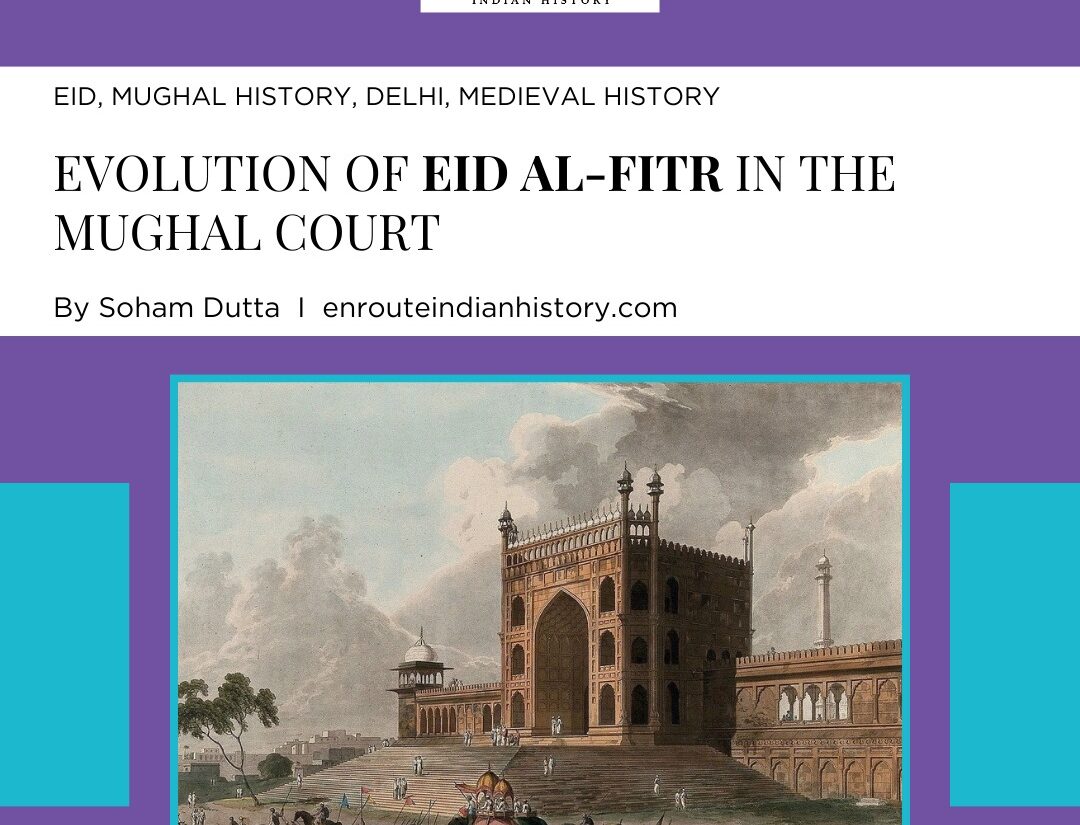
Looking at the chess chamber in Harry Potter makes people wonder about its origins. Questions like ‘Where did chess come from? What are its origins?’ stems in the curious minds. The game of chess was born in India in the 6th century, during the Guptas and 1500 years later it is still played worldwide. The game was known as Chaturanga, literally meaning, something with four organs. In Chaturanga the pieces were organized in four categories of the army, namely, the infantry, the cavalry, elephants and chariots. These in contemporary times have evolved into pawns, knights, bishops and rooks.

Ancient Chaturanga
The Chaturanga or the chess pieces were elaborate and were usually made of various materials like wood and ivory. As chess travelled across the globe, its nomenclature kept on changing from Chaturanga to ‘chatranj’ in Persian and ‘Shatranj’ in Arabic.

Intricate chaturanga pieces
The earliest pieces were named as ‘shah’ (king), ‘farzin’ (counsellor), ‘pil’ (bishop), ‘asp’ (knight), ‘rukh’ (rook) and ‘piyada’ (pawn) in Persian. On the other hand these were shah, firzan, fil, faras, rukhkh, and baidaq in Arabic. However, in the 15th century, the Indo-Arabic version evolved as per the modern setting. Countries of the western world translated the earliest names as closely as possible.
Even though cities like Varanasi have made a space for themselves in the chess industry, no one can beat Amritsar in producing chess pieces and chess prodigies.
AMRITSAR’S CONTRIBUTION IN THE WORLD OF CHESS
If Amritsar is famous for the Golden Temple in the spiritual sphere and for food in the cultural sphere, then its enterprising people have made it known all over the world as the manufacturing centre of chessboards and chess pieces.
Amritsar is well known as a centre for producing ivory ware. The ivory work is as old as the holy city, which was established by the fourth Sikh Guru, Sri Guru Ram Das. He brought 52 artisans from various parts of the country and settled them here. Chessboards and pieces began to be made of ivory a little before 1947. One of the oldest manufacturers of chessboards and chess pieces in India is the Chess Empire Amritsar, established in 1962. The company prominently dealt in Ivory ware like Ivory lamps, statues and Ivory chess sets. The foundation of The Chess Empire and Amritsar Ivory works was laid by Mr. Shiv Dyal Sharma in 1962. The chess piece makers are a bunch of fine craftsmen who are organized into units based on their speciality. The most difficult chess piece to make is the knight.

Ivory chess set
Chess sets retail for various prices and their cost can go up to Lakhs! The sets made out of fine woods and crystal are some varieties of chess sets. On a local level, the chess sets usually are magnetic or are made out of plastic. The Chess Empire, manufacturers Chess sets for tournaments.
As a city steeped in rich heritage and legacy, Amritsar has been a melting pot of diverse cultures and traditions. Influences from the Mughals, Persians, and the British Raj have left an indelible mark, including their love for chess. Over generations, this game of kings has been passed down, its significance celebrated and cherished by the chess enthusiasts of Amritsar.
Amritsar’s love of chess is evident in the numerous chess clubs that dot the city. One such club is the Amritsar Chess Club. These intimate spaces serve as a hub for chess enthusiasts to gather, share strategies, and engage in intense battles of wits. These clubs, with walls adorned with photographs of past champions like Grandmaster Viswanathan Anand and shelves lined with classic chess literature, demonstrate the game’s enduring legacy in Amritsar.
Furthermore, the Punjab State Chess Association hosts several chess tournaments and competitions in the city, attracting participants from both within Amritsar and beyond. These events provide opportunities for players to demonstrate their abilities while also encouraging healthy competition and camaraderie. The tournaments not only provide an opportunity for chess enthusiasts to showcase their skills, but they also help to grow the city’s chess community by attracting new players.
INDIA’S CONTRIBUTION TO GLOBAL CHESS
India is the birthplace of chess and therefore it makes sense that a lot of grandmasters and world champions are from India as well. One such chess champion was Malik Mir Sultan Khan, an Indian servant who became chess Champion. He was born in March, 1903 in Sargodha (now Pakistan).

Malik Mir Sultan Khan engrossed in a chess game
Mir Khan won All- India championship in 1928 and his teacher was Colonel Nawab Sir Umar Hayat Khan. The colonel taught him the European chess and soon Sultan Kahn was playing matches in England. He won British Championship three times in four ties and was listed in top ten players in the world. Sultan Khan was given the 6th position in the list after great chess players like Alekhine, Kashdan, Flohr, Capablanca and Euwe. However his strong chess career was short lived. He was very reserved in nature and only talked in the language of chess. Sultan Khan passed away in 1966.
In contemporary times, young Indian players are coming up and presenting their talents in front of the world. The eighteen year old, Rameshbabu Praggnanandhaa, born in Chennai, is a chess prodigy who became an international master at the age of ten years and a grandmaster at the age of 12. Even Praggnanandhaa’s sister, Vaishali Praggnanandhaa, is one of the three female Indian grandmasters. Truly inspirational!
BIBLIOGRAPHY
IMAGE SOURCES























